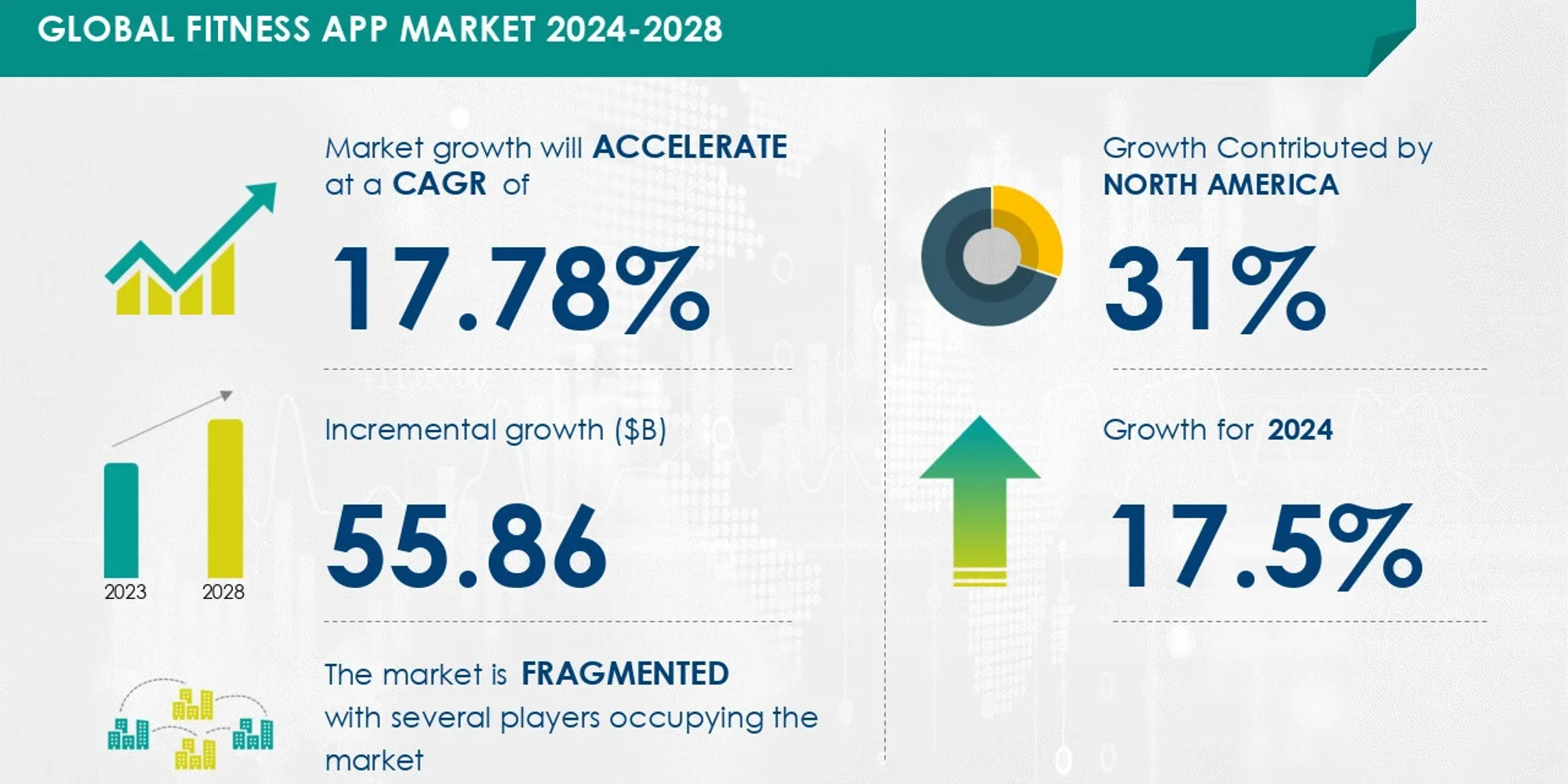Tech
Scientists discover “Super Synchronizers” with heightened romantic appeal

A recent study published in Communications Psychology has found that some individuals, referred to as “Super Synchronizers,” have a unique ability to synchronize their physiological responses with others across various social and non-social tasks. These individuals are perceived as more attractive. This suggests that the ability to synchronize might play a significant role in human romantic attraction.
Physiological synchrony refers to the phenomenon where the physiological responses of two individuals align or mirror each other during social interactions. This can include synchrony in heart rates, respiration, hormone levels, and other autonomic functions. When two people are in sync, their bodies reflect this harmony through matched rhythms in these various biological processes.
Previous research has established the importance of physiological synchrony in various social contexts. Studies have shown that synchrony between romantic partners can enhance feelings of closeness and relationship satisfaction. For example, partners whose heart rates or respiratory patterns align during interactions tend to report higher levels of intimacy and cooperation. Physiological synchrony has also been observed in parent-infant interactions.
Despite the prior findings on physiological synchrony, several critical questions remain unanswered, prompting the need for new research. One major gap is understanding whether synchrony actively drives attraction or if it is merely a byproduct of existing attraction. In other words, do people become more synchronized because they are already attracted to each other, or does increased synchrony itself enhance attraction?
“In my lab, we study the biological mechanisms that glue two individuals together in close bonds. In this study, we aimed to discover a biological mechanism that impacts mate selection in humans and how the ability to synchronize can signify fitness,” said study author Shir Atzil, the director of the Bonding Neuroscience Lab and an assistant professor at Hebrew University.
The researchers first conducted an online experiment to explore the relationship between physiological synchrony and attractiveness. They recruited 144 participants, who were shown a 92-second video featuring a man and a woman interacting. These interactions were designed to exhibit either high or low levels of synchrony. The high synchrony condition involved actors being attuned and responsive to each other, while the low synchrony condition had them act more independently and less influenced by their partner.
Participants were randomly assigned to watch one of these two types of interactions. After viewing the video, participants rated the attractiveness of the man and the woman separately and their perceived mutual attraction.
The results showed that participants rated both the actors and their perceived mutual attraction higher in the high synchrony condition compared to the low synchrony condition. This demonstrated that synchrony between individuals during interactions could enhance their perceived attractiveness, suggesting that synchrony might play an active role in eliciting attraction rather than being merely a consequence of it.
Next, the researchers conducted a speed-dating experiment to investigate physiological synchrony’s role in real-life romantic settings. Forty-eight participants (24 men and 24 women) participated in a series of speed dates. Each participant met with four different partners for five-minute dates conducted in a room set up to resemble a comfortable, home-like environment. During these dates, participants wore Empatica E4 wristbands that measured their electrodermal activity, providing a continuous record of their physiological arousal levels.
Before each date, participants rated their initial interest in their partner. After each date, they rated their level of attraction to their partner. These ratings were averaged across all dates to calculate each participant’s Individual Romantic Attractiveness Scores. Additionally, the wristband data was used to compute each participant’s Individual Electrodermal Synchrony Scores by calculating the correlation between the electrodermal activity levels of each pair during their dates.
In addition to the speed dates, participants completed a finger-tapping task designed to measure nonsocial synchrony. In this task, participants tapped their fingers in time with a metronome, allowing the researchers to assess their ability to synchronize with an external, non-human rhythm.
The researchers found that some individuals consistently exhibited higher levels of synchrony, regardless of their partner or the task. These “Super Synchronizers” were rated as more attractive by their speed-dating partners.
Furthermore, there was a significant correlation between an individual’s ability to synchronize in the social context of speed dating and their performance in the nonsocial finger-tapping task. This suggested that the ability to synchronize might be a general trait that influences attractiveness across different types of interactions.
“We discovered that the ability to synchronize is stable across tasks and across partners. Some people are Super Synchronizers, and Super Synchronizers are consistently rated as more attractive. Being sensitive to a partner and attuning to them can help promote romantic bonding. This is because synchronized physiological states can improve regulation across various bodily systems, making interactions more fulfilling and suggesting cognitive and evolutionary advantages.”
This study provides compelling evidence that physiological synchrony plays a significant role in romantic attraction. But as with all research, there are some caveats to consider. While the researchers manipulated synchrony in the online experiment, the speed-dating experiment relied on natural interactions, making it difficult to establish a causal relationship between synchrony and attraction definitively. Future research could attempt to manipulate synchrony during actual dates to see its effects on romantic interest and long-term relationship outcomes.
Looking forward, Atzil and her colleagues also plan to conduct additional research to “characterize Super Synchronizers and their neural, behavioral, and physiological profile.”
The study, “Social and nonsocial synchrony are interrelated and romantically attractive,” was authored by Matan Cohen, Maayan Abargil, and Shir Atzil.
M. Cohen, M. Abargil, M. Ahissar & S. Atzil









